Tribeca Immersive 2022 Creator Spotlight (Q&As)
Interviews with the teams behind ‘Evolver,’ ‘Limbotopia,’ and more. (FIVE INTERVIEWS)
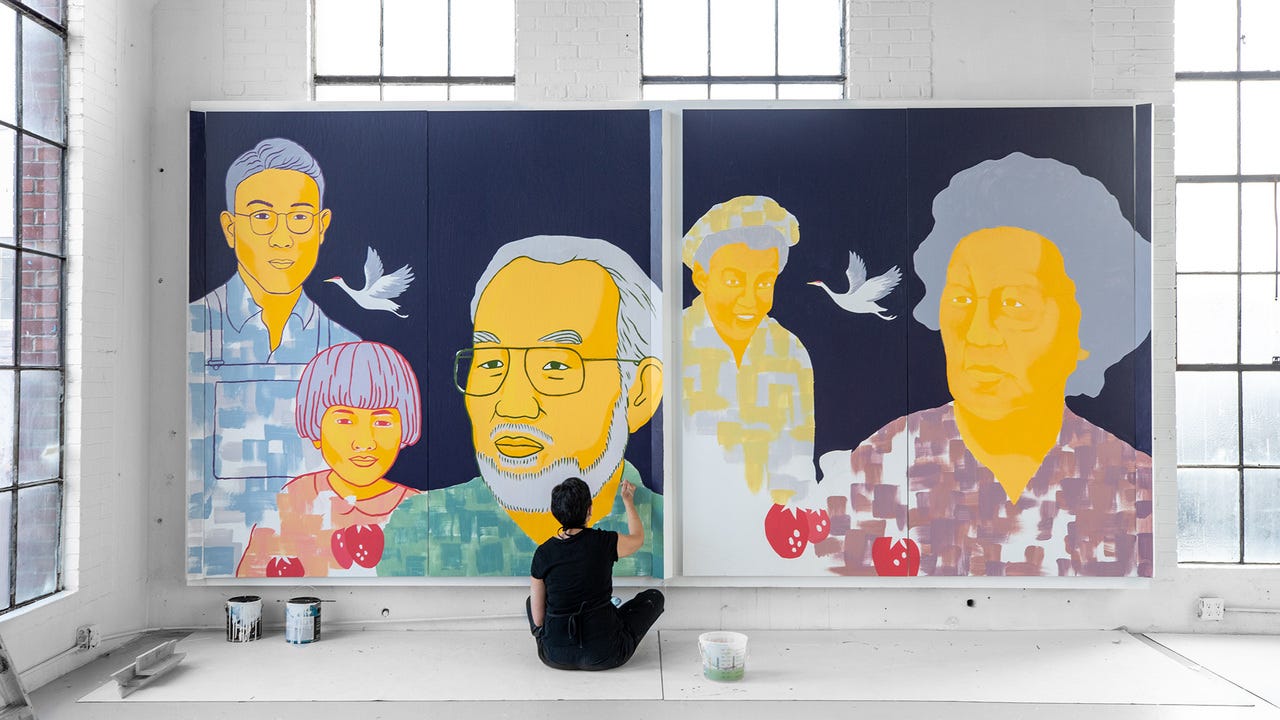

This year’s Tribeca Immersive delivers one of the most dynamic creative lineups of XR and spatial storytelling we’ve seen on the festival circuit yet. From large-scale virtual reality installations like Evolver to the augmented reality empowered Emerging Radiance: Honoring The Nikkei Farmers Of Bellevue.
Far more than just technical marvels in search of a showcase, the curated works as a whole surface stories that expand the world for their audiences: challenging preconceptions and in some cases highlighting perspectives that are impossible to experience any other way. The later being what makes immersive storytelling matter in the first place.
What follows are Q&A’s with five of the creative teams from this year’s slate.
- Emerging Radiance: Honoring The Nikkei Farmers Of Bellevue
- Evolver
- Kubo Walks The City
- Limbotopia
- Planet City VR
The exchanges took place via email.
More Tribeca Immersive 2022 Coverage:
- Tribeca Immersive Festival Diary (Reviews)
- Podcast Interview: This Is Not A Ceremony
- Podcast Interview: Tribeca Immersive’s Ana Brzezinska
- Podcast Interviews: Intravene & Mescaform Hill: The Missing Five (coming this Friday)
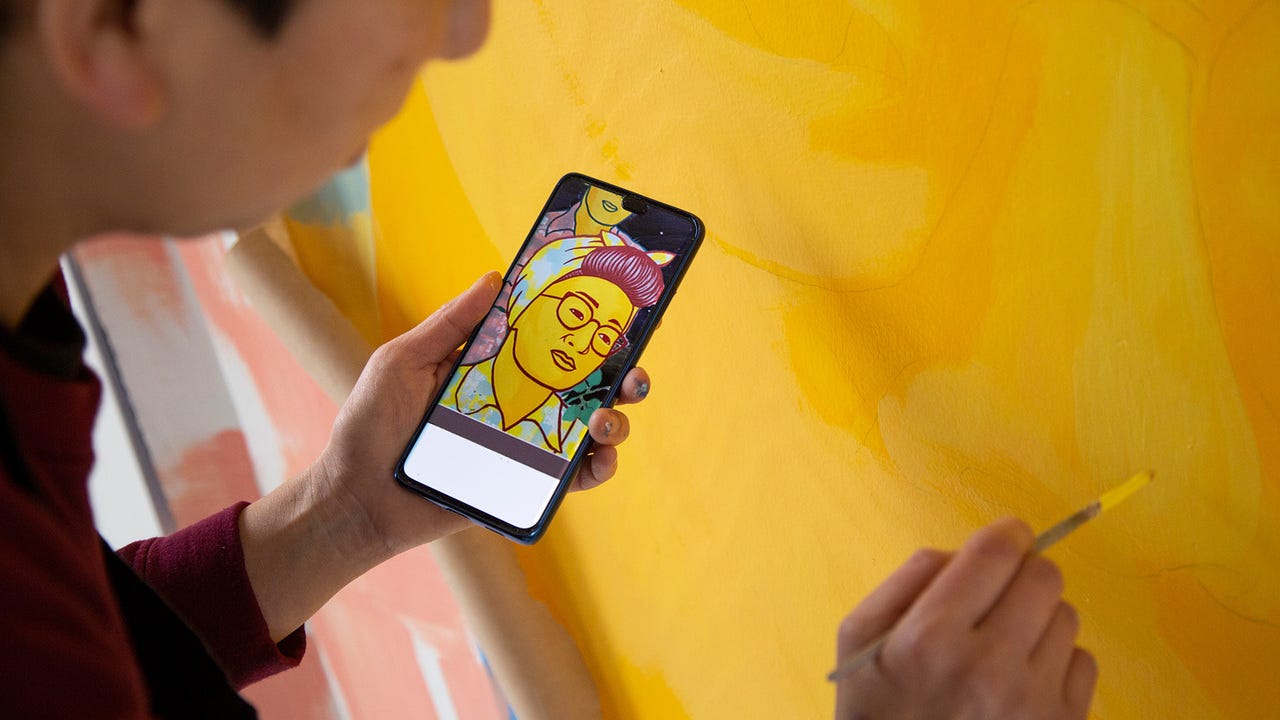
EMERGING RADIANCE: HONORING THE NIKKEI FARMERS OF BELLEVUEInterviewed: Filmmaker Tani Ikeda
No Proscenium: How long have the stories of Toshio Ito, Rae Matsuoka Takekawa, and Mitsuko Hashiguchi been with you?
Tani Ikeda: From the time I was six-years-old, I’ve watched my father interview the elders from our community and build what is now the largest oral archive in the world to preserve the Japanese American story so we will be able to understand history from a multiplicity of voices. Tosh, Rae, and Mitzi were Nikkei farmers from my hometown. My grandparents knew them, I grew up with their grandchildren.
When my grandfather was incarcerated he told me they took away the cameras, anything that could be used to document what was going on inside of the camps. After the war, he tried over and over again through speaking out, writing, and film to tell his story. I’ve know my whole life how much power a story carries. Now that most of the survivors of the concentration camps are ancestors, I am working to utilize my father’s archive and turn these interviews into augmented reality so a new generation will know what happened to our community.
NP: When did the idea of creating AR filter augmented murals come about for the team?
TI: I was fortunate to work with artist Michelle Kumata who is not only a powerful muralist, but has a long history of community building with Japanese American activists. She was commissioned by Meta Open Arts to do a mural and brought me into the process to make it an interactive storytelling experience. What seeded from there was an outpouring of AR farmhouse installations for the community, AR seed packets with talking Nikkei farmers that carried the same strain of seed that the farmers grew from the 1940’s, and a documentary about the Nikkei farming community. We are also launching a VR experience and AR microsite for Tribeca. The universe of EMERGING RADIANCE continues to grow because we urgently want to tell this story in the current climate of anti-Asian hate as a historical roadmap for fighting racism.
NP: What does working in this format afford you that an animated piece, or a mural with an artist’s statement does not?
TI: What I think is powerful and necessary about women of color creating work in this medium is that an augmented reality mural gives our community the ability to speak. We are not just beautiful, silent, brown faces on the side of a building. You can hold up your smart phone to the mural and hear each of our ancestors tell their stories. Our visibility is loud and purposeful.
We created our AR filters using Spark AR which is accessible for anyone with Instagram. My hope is that younger people will engage with EMERGING RADIANCE and in this way, will time travel to meet our ancestors. To me, this is the magic of AR and the times we are living in requires magic and a radical imagination more than ever.
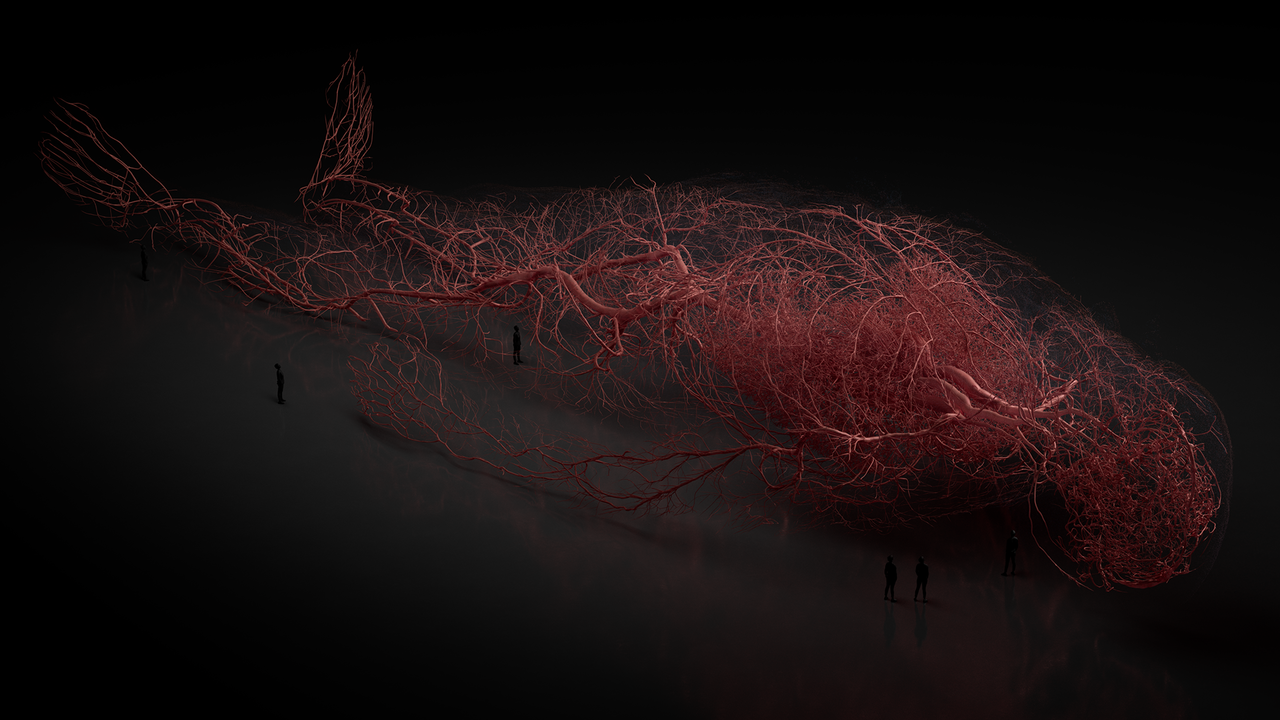
EVOLVER
Interviewed: Ersin Han Ersin, Director of Marshmallow Laser Feast
NP: Where did the idea for EVOLVER come from?
Ersin Han Ersin: EVOLVER is part of a larger body of work which we call Works of Nature, that is exploring our interconnectedness with the wider systems of nature through respiration. This exploration is focusing on the different magnifications of breathing life.
NP: What makes this a “collective” virtual reality experience?
EHE: You embark on the journey as a group of 6 people, to follow a single breath into humans as a nested ecosystem. Whilst in this cavernous space, your individual presence is sensed by the environment and by your fellow explorers, your agency is limited to allow contemplative experience while making it neutral to see other explorers as streams of cells under a microscope.
NP: Marshmallow Laser Feast has worked in a lot of different formats over the years — from 360 projections to the RSC’s Dream which put actors into virtual sets — what does working in VR afford you as creatives that are different from these other XR disciplines?
EHE: If there is an immersion-meter, VR can be considered the most immersive of all formats as we know it. As an artist and director, having your audience’s uninterrupted attention is seminal. The audience lends their vision, their hearing, their skin and perhaps all internal senses that we construct reality with. This allows us to create a very intimate yet shared emotional landscape which conveys the message of our interconnectedness with the more-than-human.
NP: I mentioned the Royal Shakespeare Company as a past collaborator, and this project has the legendary filmmaker Terrence Malick as a producer, and the beloved Cate Blanchett is onboard as the narrator…what has the team learned from working with these artists and institutions?
EHE: Working with well-established institutions and artists is a school for us at Marshmallow Laser Feast. RSC’s role as a cultural bridge which connects the pinnacle of human expression to contemporary audiences was a great process to be part of. We’ve learnt a great deal from the distillation process of the script as a raw material to profound expressions of virtual worlds.
Get Noah J Nelson’s stories in your inbox
Join Medium for free to get updates from this writer.
SubscribeSubscribe
Having Terrance Malick as a guide eventually led us to create the spiritual depth which in return allowed us to harness Cate Blanchett’s unique talent for blowing life into the atmosphere of the Evolver. Cate Blanchett approached the script with a poetic world-building method, rather than giving voice to a character that hugely expanded the medium’s transportive and transcendental potential.
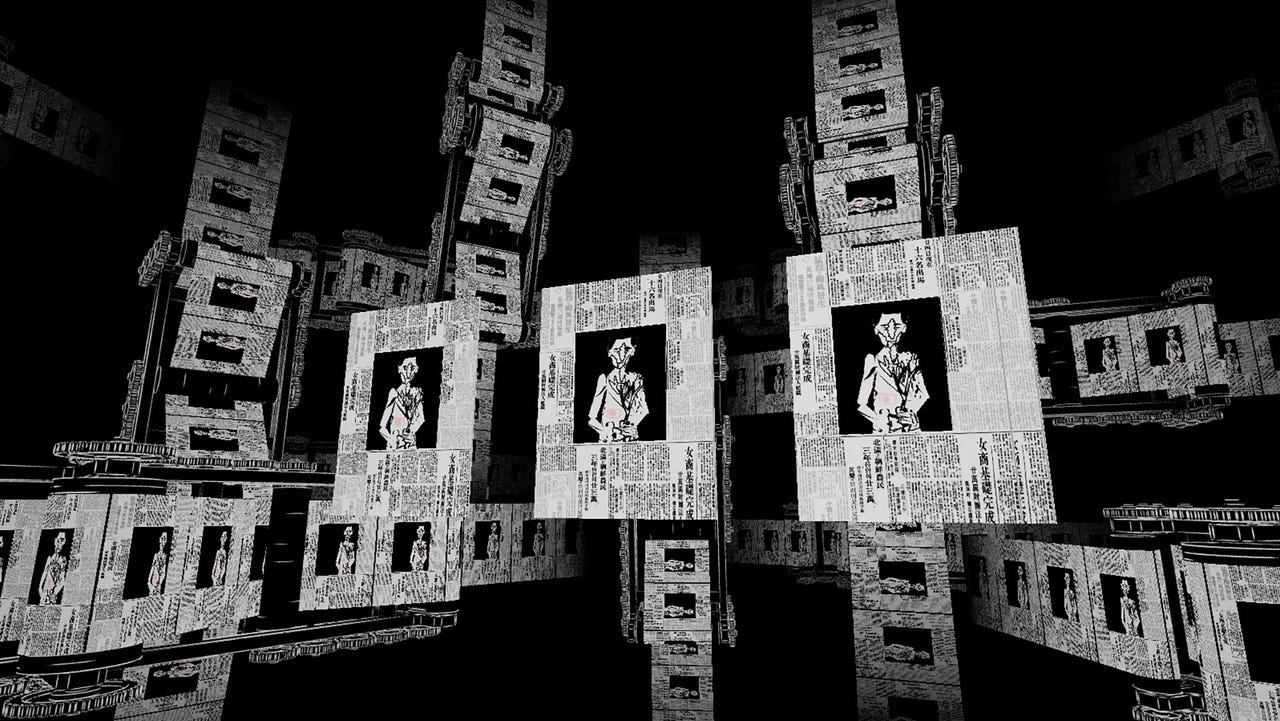
KUBO WALKS THE CITY
Interviewed: Director Hayoun Kwon
NP: What’s your earliest connection to Pak Taewon’s ‘A Day in the life of Kubo the Novelist,’ the text on which KUBO WALKS THE CITY is based?
Hayoun Kwon: When I was a teenager, this book was part of mandatory school reading. Back then, I read it only to pass the exam and I felt that Kubo was a weird character. Surely I didn’t have enough hindsight to understand the social context. 25 years later, I rediscovered old Seoul through this novel. The life of the time appears like a photograph taken before my very eyes. This time, at the end of the reading, I had become Kubo himself.
NP: What does adapting this for VR afford you that another form — be it traditional animation or live action — does not?
HK: In this novel, the event takes place in real-time where reality and fantasy intersect. I believe that VR is one of the best mediums that allows a real journey between reality and fiction. Room-scale VR allows for both a mental and physical experience. By moving ourselves as Kubo did 100 years ago, we immerse ourselves in the heart of old Seoul. Also, the third-person narrator tells the story but actually himself is the first-person point of view of the protagonist. VR allowed embodying this change of point of view from third-person to first-person.
NP: What is Park Taewon’s place in the modern Korean literary canon?
HK: He showed a strong experimental spirit by emphasizing the art of narrative sentence itself rather than the ideology of the work, trying out innovative writing, and emphasizing the representation of the character’s inner consciousness. Hence, Park Taewon is considered one of the representatives of modern writers of the 1930s.
NP: Korean pop-culture has been having a moment here in the United States thanks to film, TV, and KPOP, are you seeing more international audiences exploring Korean literature and 20th century history because of this, or are you finding it to be a fairly surface level consumption of cultural exports?
HK: It’s obvious that Korean Pop Culture has opened a lot of doors to Korea. For now, I think it’s very focused on entertainment but I would like to offer an opportunity to discover other cultures such as traditional and contemporary art.
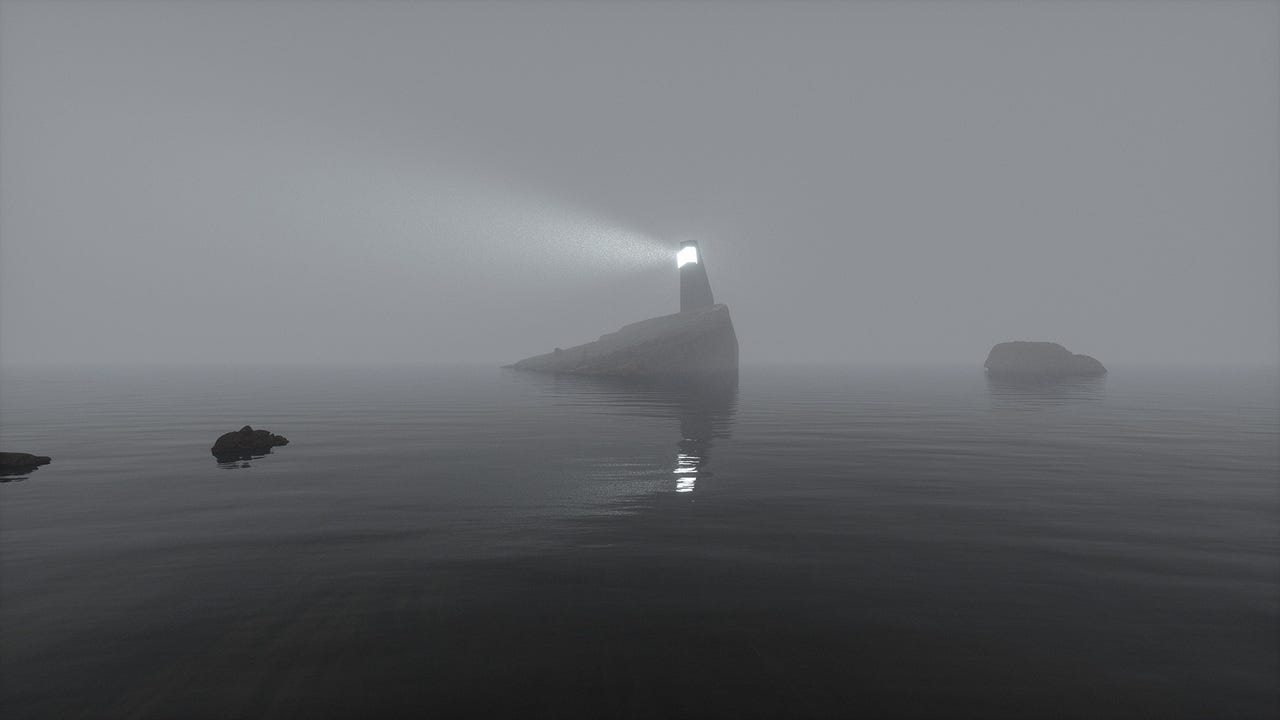
LIMBOTOPIA
Interviewed: Limbotopia team
NP: What’s the origin of LIMBOTOPIA?
Limbotopia Team: LIMBOTOPIA came from the life experiences of the creators Wen-Yee Hsieh and Chun-Lien Cheng. The devastated environment, and the spiritual state of death are linked in this work, which is a metaphor for the dilemma the authors were experiencing at that time: no belonging, facing the external forces, feeling the endless present, but still have to keep pace in the wilderness.
At the age of 22 to 23, we notice that our identity is changing. After crossing a threshold, we are going to lose some perspectives, so we are ready to preserve them in a different way in art: Wen-Yee has built a VR concept film — spirits are hiding in an empty space to escape from the dangerous reality; Chun-Lien has created an architectural design that alludes to himself, using the concept of a real base in Taiwan that is being destroyed and reborn in the reverse world. This is the only thing we can do at the point when we feel powerless during the shifts in society- to create art. In 2021, we decided to integrate the two concepts together to create a nearly half-hour VR piece that permanently seals these strange, sad but wonderful couple of years from our perspectives.
NP: There’s a line in the trailer “a passenger found himself being trapped inside a game of gods.” Could you tell us a little about the game these gods are playing?
LT: From the creator’s point of view, the world itself is divided into a powerful duality of domination, whether it be gender, the tense territorial power pull, or life itself, as if it were the game of gods. So when we write this sentence, we are actually describing the feeling of “knowing that we are trapped in a never-ending present” because the external world is dangerous for us. People who are trapped between dualities that cannot be defined are often the first to notice this border. What LIMBOTOPIA takes us to see are people who have successfully traversed this boundary. They are looking for other realities with a disembodied view, which is also the meaning of the Chinese title “彼岸” when translated into English — the other shore.
NP: What does virtual reality afford you on this project that a more traditional format wouldn’t give you the chance to do?
LT: Through virtual reality, we are able to get a glimpse of the world as seen from the perspective of a character trapped between dualistic worlds.
The vector space, which can be directly perceived by the audience, plays a key role in our attempt to render a strongly personal, subjective feeling. This helped us to have a more spatially relevant physics to use when describing how these characters navigate between the worlds of duality. Off the ground, the landscape is spinning. Instantly, the ground is over your head. You’re out of the realm.
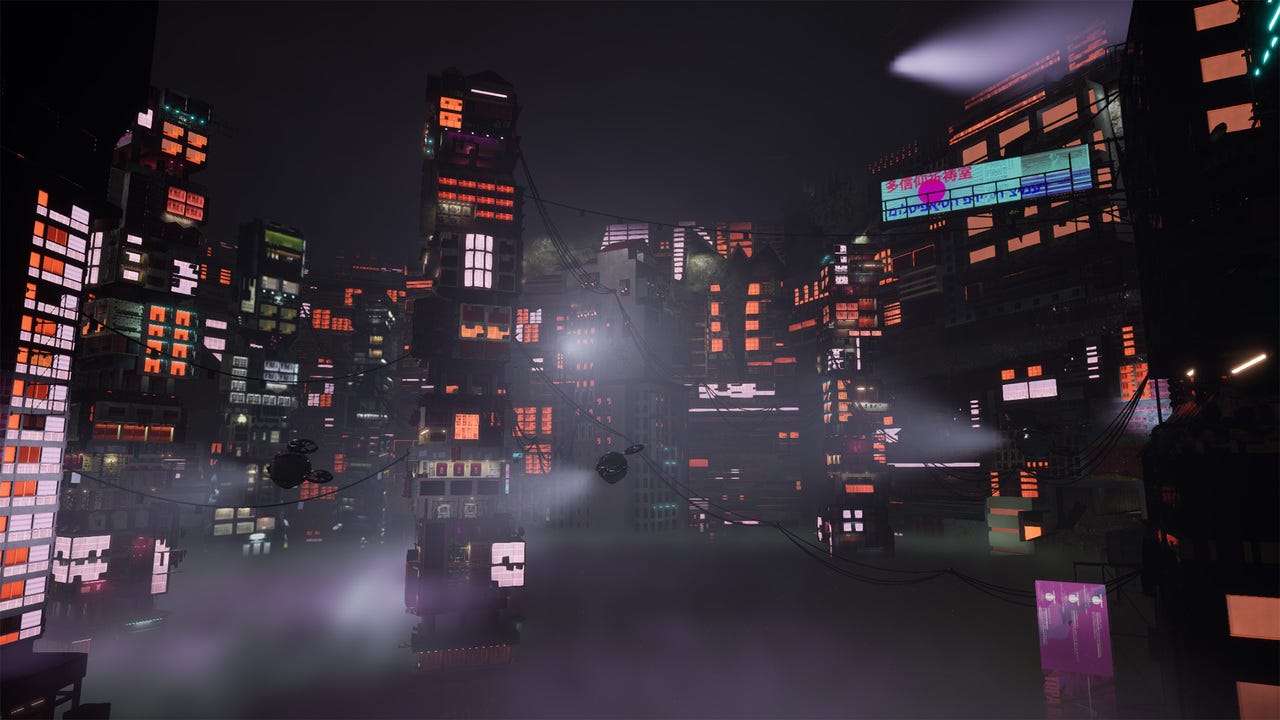
PLANET CITY VR
Interviewed: Director and project creator Liam Young
NP: What’s the genesis of PLANET CITY VR?
Liam Young: Planet City is an imaginary city for 10 billion people, the projected global population of 2050. A world that is developed as a film, VR experience and book.
I design environments for the film and television industry. I believe that by creating fictional worlds we can connect emotionally to the ideas and challenges of our future. We have been creating Planet City in response to the rising red line on the graph of climate change but worldbuilding and storytelling can do much more than just visualize this data it can dramatize data. In speculative cities such Planet City we can immerse ourselves in the various consequences of the decisions we face today. They can be both cautionary tales or roadmaps to an aspirational future. We can explore what it would feel to be one of the 10 billion people who live here. To hear the hums and crackles of flickering blue and red LEDs that illuminate the lower reaches of the city’s farm fields.
NP: The project as a whole encompasses a film, a book, and this virtual reality piece. What does the VR component bring to the table?
LY: The initial fragments of the world that was developed was a film and set of costumes capturing the city in a moment of carnival. The VR experience gave us the opportunity to tell the creation story of the city. As Planet City grows slowly around the audience, they are immersed in the creation story of the city narrated by a young climate activist, one its first citizens. This is a story of a generation taking back a future that has been stolen from them, simultaneously an extraordinary image of tomorrow and an urgent examination of the environmental questions facing us today.
Developed in collaboration with Well Played Studios, this dollhouse VR experience allows audiences to peer around buildings and through windows, step between buildings, look up into the city towering above them and down into the depths of the city below.
NP: What has thinking about the entire population of Earth being folded into one city done to your perspective on humanity?
LY: Planet City in the end is not a proposal, it is a provocation, a thought experiment that shows us that we don’t have to trample so hard across the earth. If we can imagine these systems working at the scale of 10 billion, then the only thing standing in the way of rewiring and consolidating our existing cities is ourselves, our own biases, blindspots, politics and prejudices.
In many ways each one of us has been living in a Planetary City all along. We have urbanized the planet from the scale of the cell to the tectonic plate. Planet City is both entirely imaginary and already here. Simultaneously a challenging image of a possible tomorrow and an urgent illumination of the environmental challenges that are facing us today.
Ultimately, the real fiction at the core of this project is not the speculative idea of housing everyone in a single city, but the idea that we can keep on living the way we do today. The absurdity of the project is not Planet City but business as usual. At the end of the audience’s science fiction safari through Planet City we really just hope to return them to where they first started, but to look back on their own cities again but with new eyes.
NP: Is there something first time viewers of Planet City should keep an eye out for that they might miss on a first run?
LY: I hope everyone will dive deeper on the project to explore all of its fragments and various outputs. This is just a singular narrative but rather it is an entire world and the challenge is to communicate the full complexity of the project to audiences.
NP: Where does the project go from Tribeca?
LY: We are developing a graphic novel set within the city, a documentary series exploring the research that went into all the technology and research that the city is built on and the VR experience will evolve from just the city’s creation story to a full navigable immersive environment where audiences can wander through the city itself encountering a whole range of different stories and characters.
Discover the latest immersive events, festivals, workshops, and more at our new site EVERYTHING IMMERSIVE, new home of NoPro’s show listings.
NoPro is a labor of love made possible by our generous Patreon backers. Join them today!
In addition to the No Proscenium website, our podcast, and our newsletters, you can find NoPro on Twitter, Facebook, YouTube, Instagram, in the Facebook community Everything Immersive, and on our Discord.